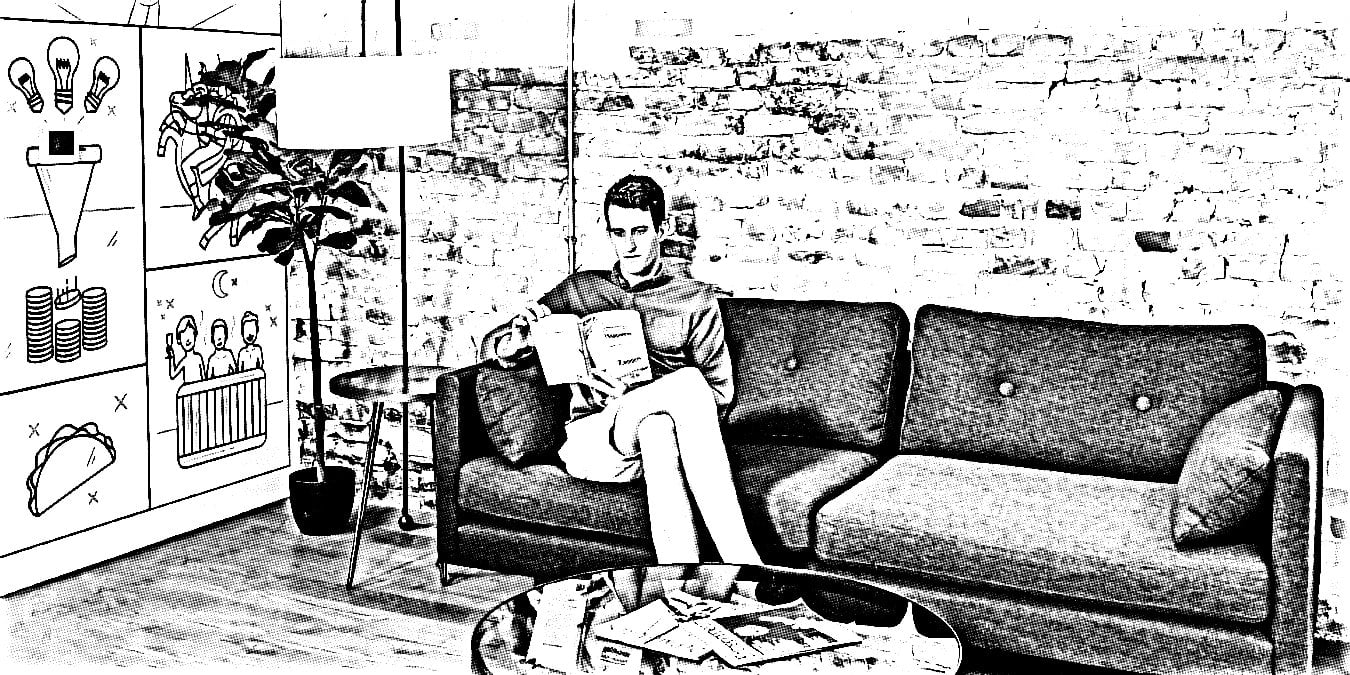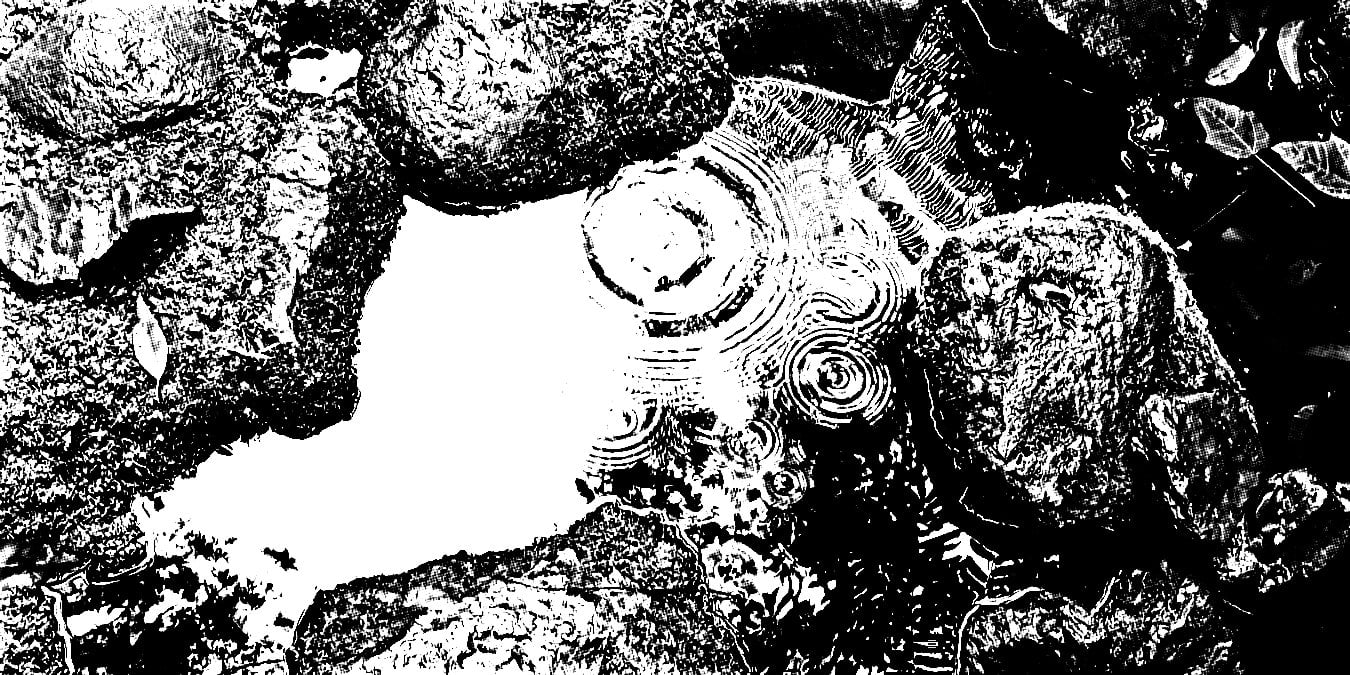
Eyesore! That’s the chant around these parts. My right eye (previously) was pierced with lasers the other day in preparation for next week’s big surgical procedure. Tiny little holes. Visually, I don’t quite notice—my eyesight in that eye was rotten to begin with—but there is a dull throb around the eyeball that’s making things a tad difficult. It’s not terrible or even painful. It’s persistent.
“Do you want to be awake for the procedure?” the surgeon asked. How many patients choose sleep? “It’s like half-and-half. Usually the ones with anxiety.” Surprisingly, I don’t get anxious about things like this, so I decided I’ll stay awake. I want to retain the experience of this unimaginable thing taking place. Does that sound crazy to you? Just over a year ago I had the first procedure which—spoiler alert—eventually turned into a failure. But I was awake—heavily drugged, but awake—and I enjoyed it! I felt like Dave Bowman getting swept into the Jovian Monolith. The colored lights were awesome.
In the meantime, here I am maintaining this blog with a throbbing right orb, but blog I must. There’s a lot going on besides the sight-related. I’m in the middle of editing an extensive interview with one of the two folks behind what’s probably my favorite album of 2023. That will appear here, signaling more features to come on digable artists (sound and otherwise). I’m playing around with the new MEMORA8ILIA blog, though I’m having trouble with its dark mode. I’m thinking a lot about what’s next for the record label and leaning toward that ‘next’ looking very different. And this week’s Spotlight On podcast is out, and it features Nic Dembling who was in a late ’70s outfit called Comateens. They orbited the CBGBs bands everyone talks about when discussing that scene, but Comateens were there, too, and Nic has fun insight on all of that.
In other anticipations, this movie looks fantastic.
via The New York Times:
Los Angeles and its sounds are pivotal to “The Tuba Thieves.” All kinds of noises, welcome or not, make it into the movie: the crackling of fires, the roar of traffic and, above all, the repeated sound of overhead airplanes, a constant background pollution for residents near the airport. In contrast, there’s silence, represented by a re-creation of the 1952 Woodstock, N.Y., premiere of John Cage’s infamous “4’33,” in which a pianist simply sits in front of the piano silently turning pages for four minutes and 33 seconds, opening and closing the keyboard lid to signal the beginning and ending of the piece’s three movements. Apparently irritated by the spectacle, a man leaves and stomps out into the woods, only to be captured by the sounds of nature around him.
I spun the musical wheel and happened upon Night Places, a three-song EP1It’s still longer than the first Van Halen album, though from Rose. There’s no information about this artist anywhere, dammit, though ‘they’—there are two figures on the cover art, so I’m assuming here—have released music for at least a decade. Oakland’s exceptional Constellation Tatsu imprint is a key collaborator.
These cuts exhibit that swirly head trip stuff anchored by out-of-focus rhythms that feed sustenance to my 8-sided veins. Admittedly, the first track, “Phosphorene,” doesn’t do much for me, and I can’t put my finger on why. Perhaps it aims hopefully at a dancefloor with too much intention.2The most effective dance music is the least intentionally so. That’s a hill I’m prepared to die on. But the latter two-thirds of this EP excel in a Dave Bowman flying into the Jovian Monolith kind of way. “The Searing” opens with a distant foghorn over bouncy thuds. The wash of sound builds pleasantly like a tide gently rolling in, and soon, we’re gliding. Then, the last few minutes are a rhapsodic freefall. And I’d like to imagine the title track’s name is a play on Tones On Tails’ Night Music—they mined similar territories of mixing the light and dark—but I’m content to visit these dream fields throughout the day. Though, yes, this tune, in particular, is a more fitting venture when broadcast outside of sunlight.
Rose’s music is crafted. That’s the word that popped into my head as I listened. It’s deliberate—not the same as intentional—and patient. Music like this connects so much for me: shoegaze, (deeper than) deep house, ambient, and aspirations of inner calmness. I feel it’s experimental in ways that a lot of experimental music isn’t, in that disparate threads tie together without exposing the knots. Night Places tickles my brain in ways that only music like this does. If you understand what I’m talking about, then please send more in my direction.
Side note: I just noticed the entire Constellation Tatsu discography is $20 on Bandcamp at the moment. That’s the kind of crazy talk you should immediately converse with.


